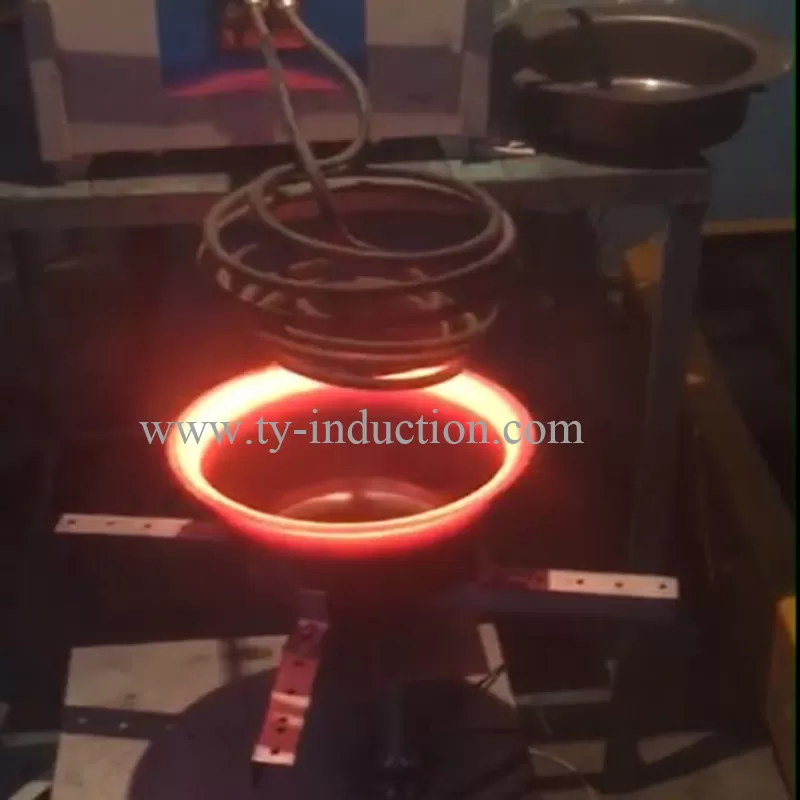Induction Annealing Machine: The Ultimate Guide to Precision Heat Treatment
What is an Induction Annealing Machine?
An induction annealing machine is an advanced heat treatment device that softens metals using electromagnetic induction. This process enhances ductility, reduces hardness, and relieves internal stresses in materials.
How Does Induction Annealing Work?
Induction annealing uses an electromagnetic coil to generate a high-frequency alternating current. This current induces eddy currents in the metal, heating it to a specific temperature without direct contact. Once heated, the metal is cooled at a controlled rate, altering its physical properties.
Key Benefits of Induction Annealing Machines
1. Fast and Efficient Heating
Induction annealing delivers rapid and uniform heating. Unlike conventional methods, it minimizes heat loss and reduces cycle times, increasing productivity.
2. Precise Temperature Control
The process allows for accurate temperature management. This ensures consistent results, preventing overheating and material degradation.
3. Energy-Efficient and Eco-Friendly
Induction heating consumes less energy than traditional annealing techniques. It eliminates gas emissions, making it a sustainable choice for manufacturers.
4. Improved Metal Quality
By reducing residual stresses, induction annealing enhances the structural integrity of metals. This improves flexibility, strength, and overall performance.
5. Contactless Process for Cleaner Results
Since induction annealing does not require direct contact, contamination risks are minimized. This makes it ideal for applications requiring high purity.
Applications of Induction Annealing Machines
1. Automotive Industry
Induction annealing is widely used in the automotive sector to process engine components, gears, and shafts. It ensures durability and optimal performance.
2. Aerospace Engineering
Aircraft manufacturers rely on induction annealing to treat critical metal parts. The process improves fatigue resistance and material longevity.
3. Medical Device Manufacturing
Precision is crucial in medical tools and implants. Induction annealing ensures these components meet strict quality standards.
4. Electronics and Electrical Components
Wires, connectors, and circuit elements undergo induction annealing for enhanced conductivity and mechanical stability.
5. Tool and Die Making
Cutting tools, molds, and dies require annealing for improved machinability and wear resistance.
Final Thoughts
An induction annealing machine is a game-changer for industries requiring precise heat treatment. Its speed, efficiency, and eco-friendly benefits make it the preferred choice for modern manufacturing. Investing in the right machine ensures superior quality, enhanced performance, and cost savings in the long run.
For more details please contact TY-induction
58
0
0


Comments
All Comments (0)